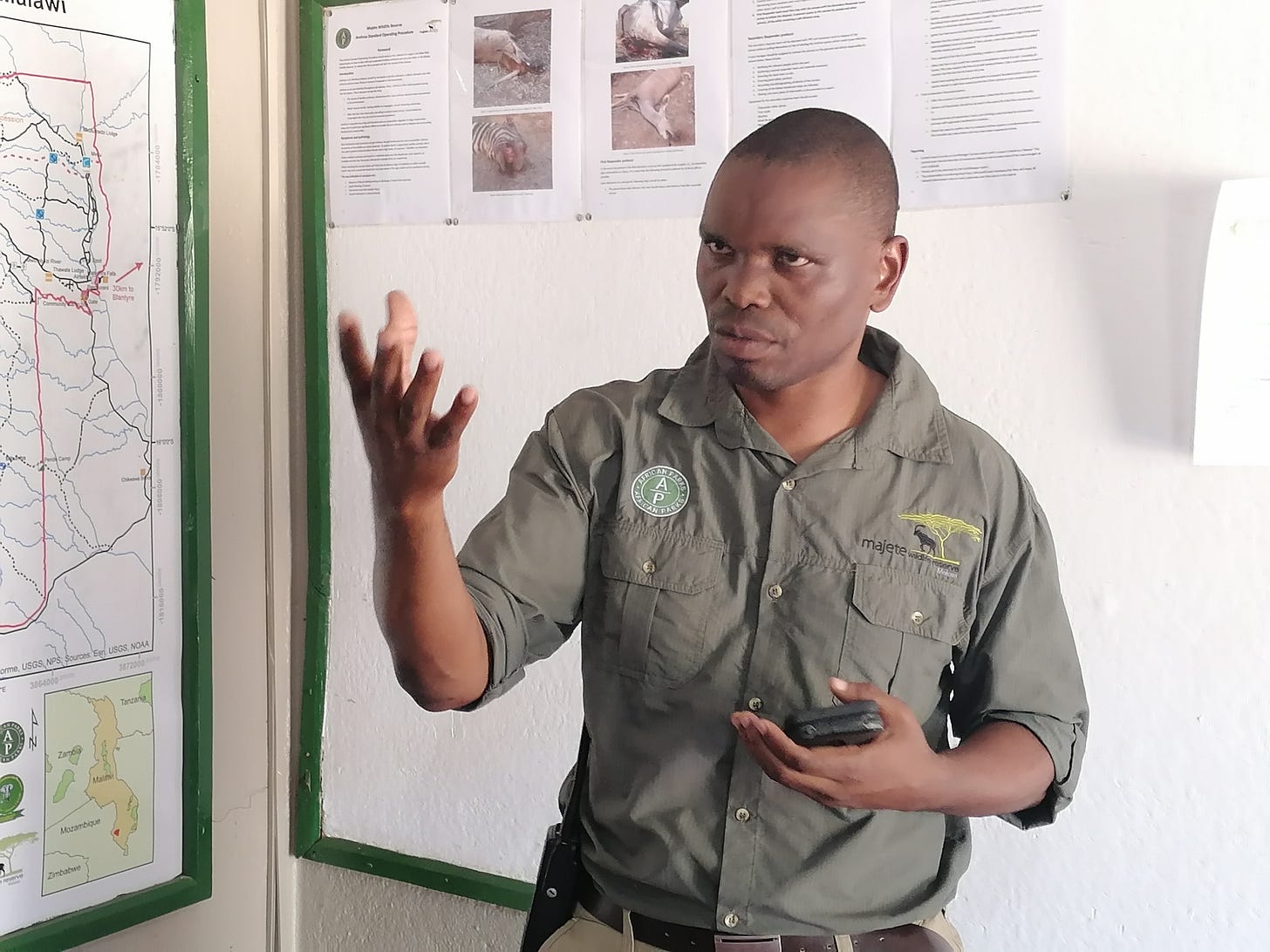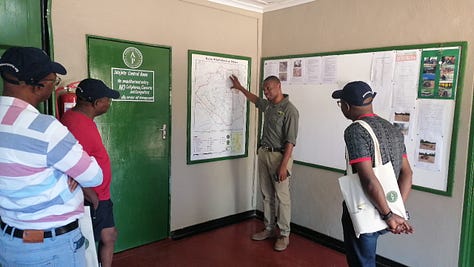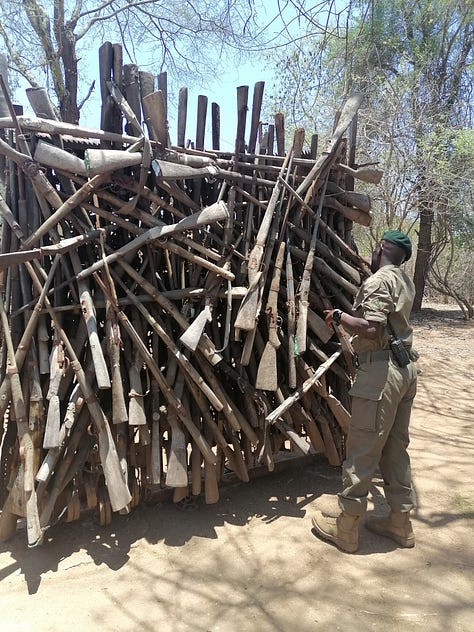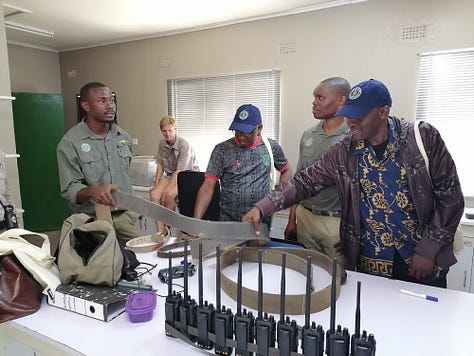WILDLIFE CONTROL - Advanced technology implementation mitigates human-wildlife conflict
This proactive technological approach implements targeted strategies, thereby minimizing potential risks to both humans and wildlife, it is proving effective to reduce cases of problem animal

CHIKWAWA, Malawi (Planet Defence) - African Parks Majete has seamlessly integrated innovative digital technology to complement its perimeter fence, significantly reducing human-wildlife conflicts in the surrounding areas by closely monitoring key wildlife species and the movements of the Big Five within the park.
The utilization of advanced digital technology stands as a cornerstone among various strategies enabling real-time monitoring of wildlife species, ensuring their strict surveillance and decreasing incidents of human-wildlife conflicts.
This proactive measure not only safeguards the lives of staff and surrounding communities but also protects their property, including valuable crops.
Mike Thamala, a staffer in the Wildlife Monitoring Unit at Majete Park, underscores the pivotal role of monitoring in containing human-wildlife conflicts. Real-time data on animal movements and behavior derived from monitoring enables timely interventions, effectively averting conflicts.
Different tracking devices, such as the Very High Frequency (VHF) collars, are employed to monitor animal movements. VHF collars emit radio signals detectable by hand held or aircraft-mounted receivers. Researchers utilize these collars to study wildlife movements, behavior, and ecology, aiding conservation efforts and mitigating human-wildlife conflicts.
Thamala emphasized in an interview, "These signals assist in locating and tracking wildlife, providing invaluable data for conservation efforts and conflict mitigation."



Additionally, Majete Park employs LoRa (Long Range) collars specifically designed for wildlife tracking using Low-Power Wide-Area Network (LPWAN) technology. These collars leverage the LoRa communication protocol, enabling long-distance data transmission with minimal power consumption.
This technology allows researchers to remotely gather and monitor data on animal movements, habitat use, and environmental conditions. Thamala noted, "This efficient and cost-effective approach contributes significantly to wildlife conservation and research without the necessity for frequent physical tracking in the wild."
Furthermore, satellite collars, leveraging Global Positioning System (GPS) and satellite communication, are utilized for wildlife tracking. Thamala explained, "These collars collect and transmit location data to satellites, providing real-time information on an animal's movements."
He emphasized that satellite collars are particularly valuable for studying large mammals and species covering vast territories. Researchers leverage the collected data to analyze migration patterns, habitat use, and behavior, thereby contributing to wildlife conservation and management strategies. Crucially, this data also ensures harmonious co-existence with neighboring communities.
Martin Awazi, Trainee Field Operations Manager at Majete , mentioned that EarthRanger app is a data integration, visualization, and analysis platform that provides the park management team with a real-time tool to enhance the safety of wildlife and communities living around protected areas.
"Its main uses include wildlife monitoring information, reducing human-wildlife conflicts, and ecosystem management," says Awazi.



